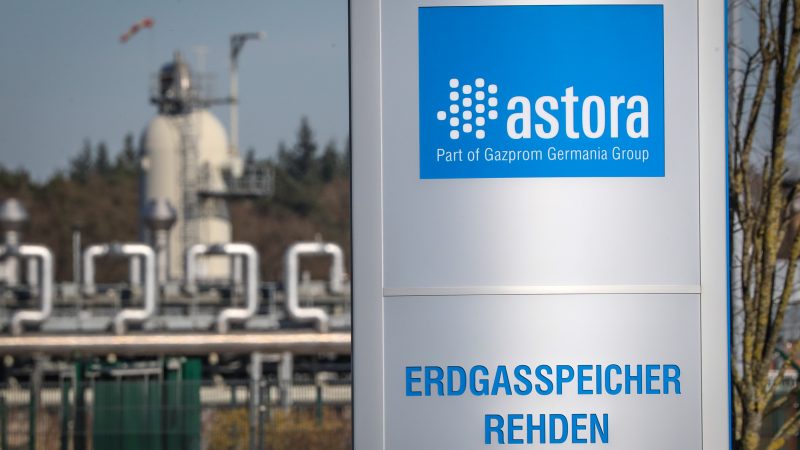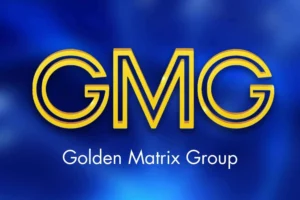The European Commission announced on Friday (18 August) that Europe’s gas storage levels were uncharacteristically high, with targets set for November 1 achieved months ahead of schedule, although markets remained skittish ahead of the coming winter.
In 2022, when Russia began cutting back gas flows to Europe, the German government came to realise that Gazprom had deliberately kept storage levels at its facilities – some of the largest in the bloc – as empty as possible. To avoid a similar situation going forward, mandatory targets were created in June.
Now, Europe has hit its 90% target on 18 August – way ahead of the target date of 1 November.
“This will help us be safe this winter,” European Commission President Ursula von der Leyen explained on Friday, adding that efforts to diversify supply sources were ongoing.
While Russia supplied more than 50% of gas imports in 2019, that figure dropped quickly when EU sanctions began biting in mid-2022. When Nord Stream, a key pipeline supplying Germany, was destroyed, pipeline gas flows into Europe were reduced to a long-time minimum.
Today, Russian gas accounts for about 12% of EU imports, flowing through Ukraine and landing as liquefied natural gas (LNG) in ports.
“The EU energy market is in a much more stable position than it was this time last year,” stressed Energy Commissioner Kadri Simson. Reflecting calmer markets, gas prices for the winter hover at around €50 per Megawatt-hour as per the Dutch benchmark TTF, a far cry from crisis peaks of triple that amount.
Nonetheless, market participants remain nervous. Europe’s gas storage facilities, no matter how full they may be, are far from being able to match consumption.
They have a maximum capacity of upwards of 1,100 Terawatt-hours (TWh). Meanwhile, the 2022 gas consumption – 17% lower than in previous years due to high prices and conservation measures – amounted to almost 4,000 TWh.
Gas traders, and their clients, are keenly aware of this.
“We have seen in recent weeks that the gas market remains sensitive,” said Simson.
When workers at Australia’s Chevron – the country being a key player in global gas markets although a majority of exports head to nearby Asian countries – announced a strike, European gas prices initially surged by 40% before closing at 14% above previous prices.
Experts, like Ben Moll of the London School of Economics, have similarly warned of policymakers’ fixation on gas storage. “While ‘gas-storage optimism’ is out of place, ‘gas-demand and gas-substitution optimism’ are instead warranted,” he warned in 2022.
Austria sticks out
While many European countries have reduced their imports from Russia drastically – Germany, formerly the Kremlin’s biggest customer, dropped to near-zero – Austria has dragged its feet.
That is significant because the tiny Alpine country is one of the bloc’s storage champions, home to almost 10% of the EU’s total gas storage capacity.
While German storages were largely filled by buying up costly LNG, Austria has held onto its existing supply contract with Gazprom – which the Kremlin has been all too happy to serve.
“If the Russians continue to deliver, then I can’t forbid OMV to fulfil its contractual obligations,” Austrian Chancellor Karl Nehammer said in February 2023. However, not everyone is happy about the situation.
Karin Doppelbauer, energy policy spokesperson of Austria’s liberal NEOS party, criticised Vienna’s announcement that “the storage facilities are full to bursting with Russian gas” while “almost all countries” of the EU had managed to “become independent of Russian gas”.
Source: EURACTIV



































